Former Home Secretary Dame Priti Patel has launched her bid to lead the Conservative Party, promising to unite its members and rejuvenate its fortunes after a historic electoral defeat. Here’s the full story.
Third Time Lucky

Dame Priti Patel, who was given a Damehood by disgraced former Prime Minister Boris Johnson and who was found to have broken the ministerial code not once but twice, has officially announced her candidacy for the leadership of the Conservative Party.
Patel the Unlikely Unifier

Unusually for someone who has been scathing about each successive Prime Minister since Johnson, Patel has attempted to position herself as a unifier capable of revitalising the party following its decimation in the recent general election.
Race for Leadership
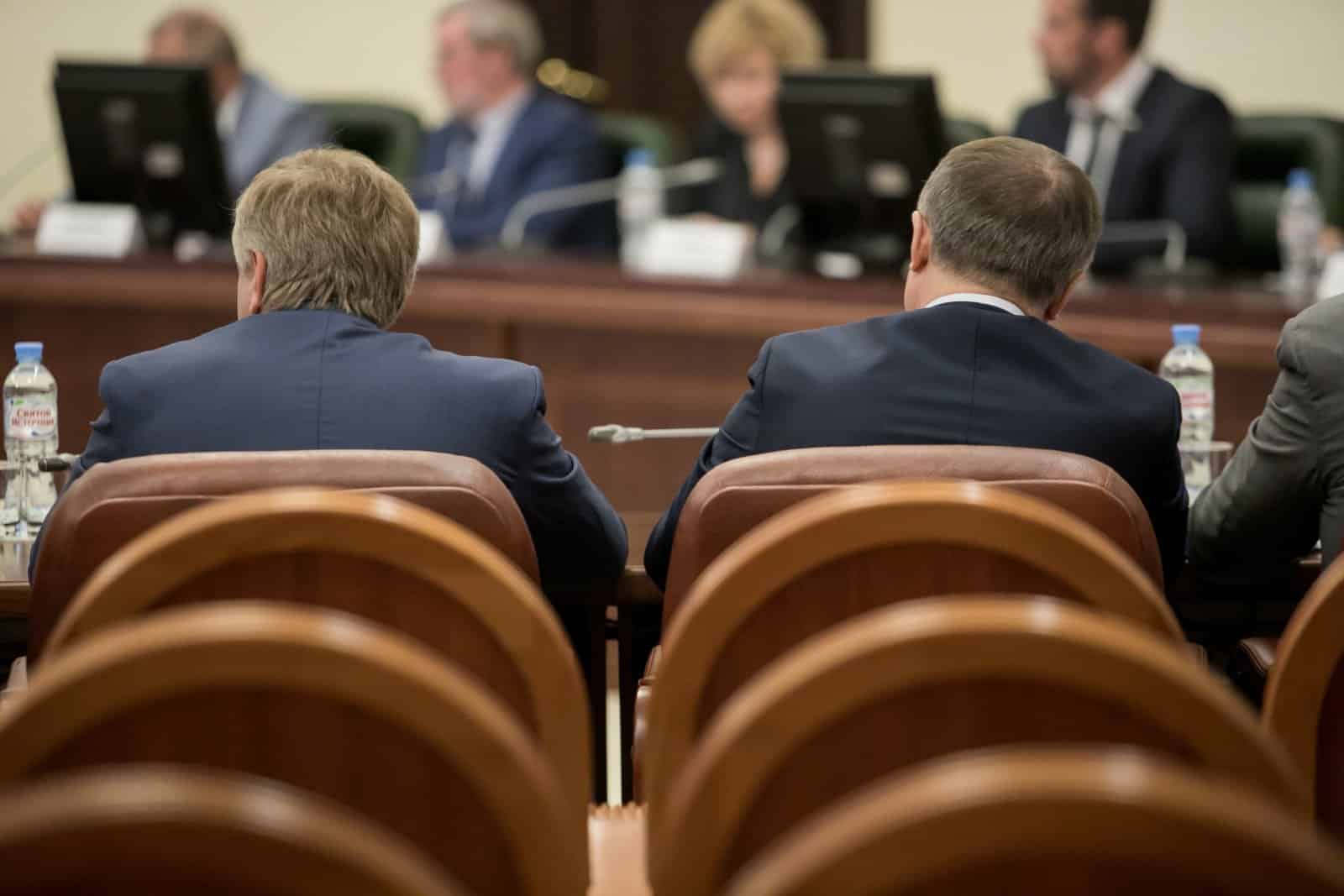
Patel’s formal entry into the race will see her stand for leadership alongside James Cleverly, Robert Jenrick, Tom Tugendhat, and Mel Stride in the race to replace outgoing leader Rishi Sunak. The race will culminate with the party’s final vote in November.
Call for Unity

In her bid for the leadership, Patel stressed the need for unity within the Conservative Party, urging members and MPs to end the factional infighting that has riven the party in recent years and in which Patel herself has played a large part in the past.
“Unite to Win!”

Writing online, Patel announced her candidacy in a post adorned by Union Jacks: “I am standing to be the new leader of the Conservative Party. We must Unite to Win! I can lead us in opposition and unite our party and get us match fit for the next election, with unity, experience and strength.”
Years of Experience
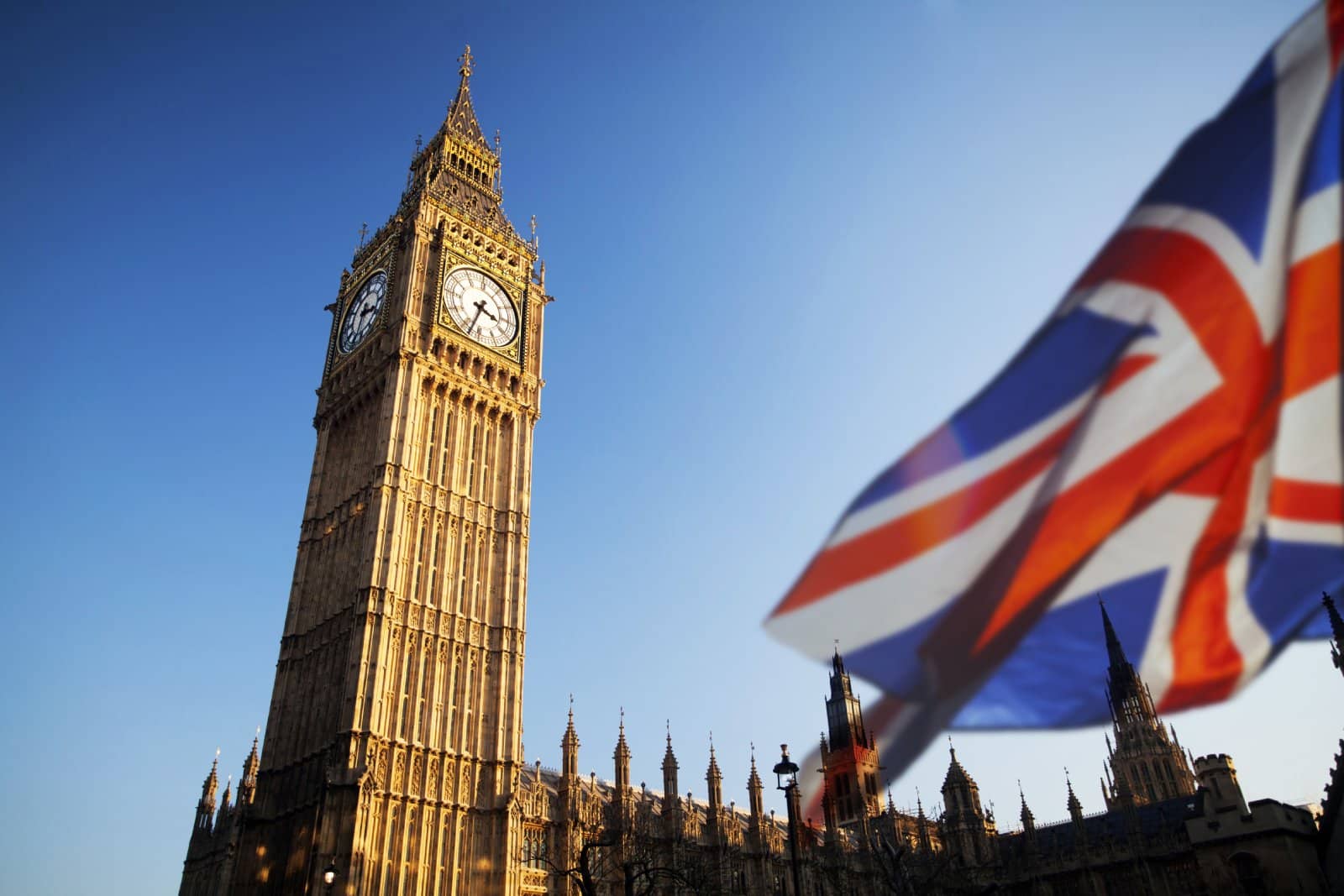
Priti Patel brings years of experience to her leadership bid, having served under three prime ministers and held significant roles, including Home Secretary and Secretary of State for International Development. A prominent Eurosceptic, Patel was a leading figure in the Vote Leave campaign during the EU referendum and played a crucial role in post-Brexit negotiations.
Tenure Awash With Controversy
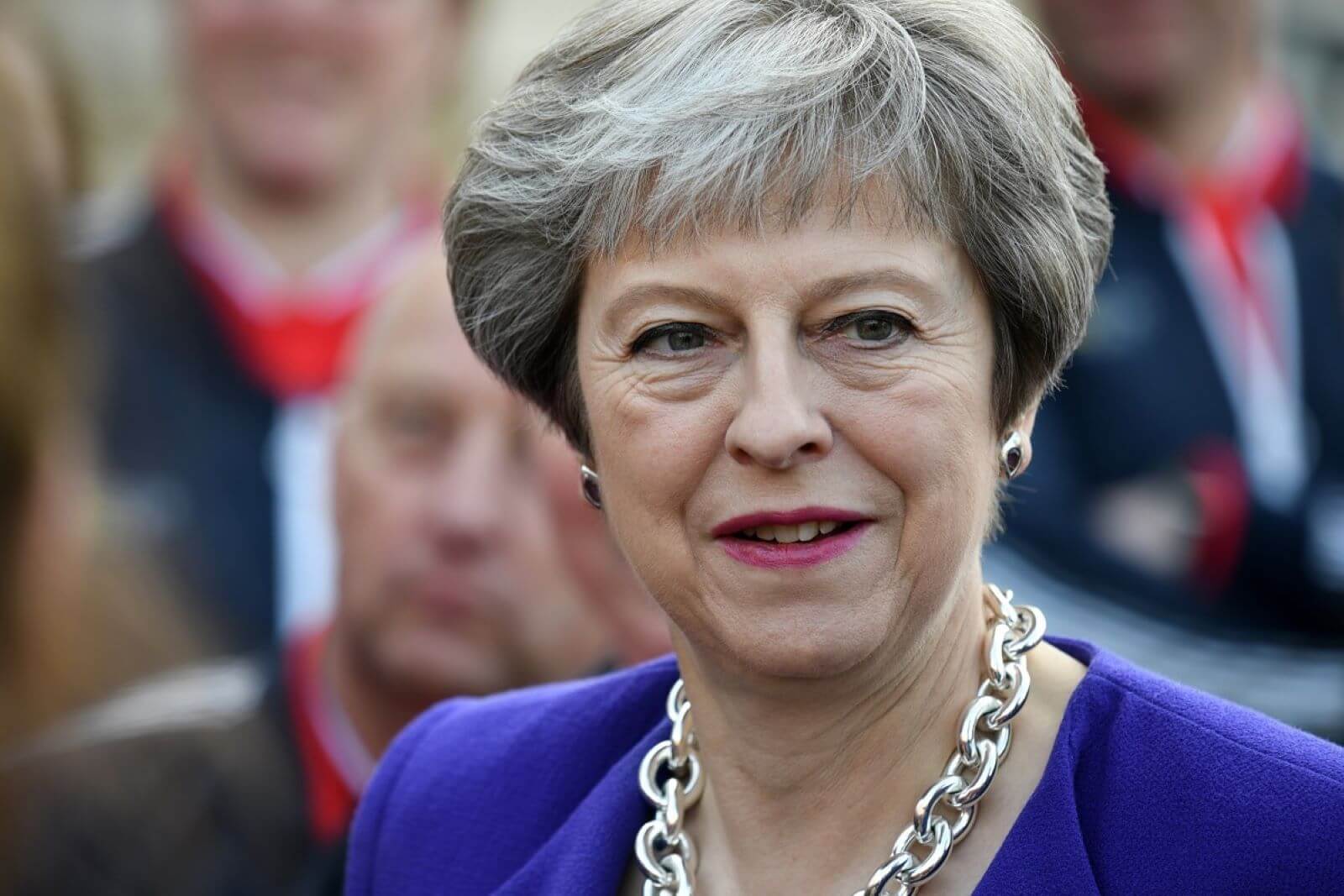
However, her tenure was awash with controversy. In 2017, Prime Minister Theresa May forced Patel to resign as International Development Secretary after she attended unauthorised meetings with the Israeli government, which breached the Ministerial Code.
Accusations of Bullying

Similarly, in 2020, a Cabinet Office inquiry found that Patel had “unintentionally” breached the ministerial code in her behaviour towards civil servants, with actions described as bullying. Despite these findings, then-Prime Minister Boris Johnson allowed her to remain in her post and later awarded her a damehood.
Culture Wars Role

During her time in government, Patel was also instrumental in stoking the fires of the culture wars, speaking out against the Black Lives Matter movement, chastising English footballers who took the knee ahead of the Euro 2020 games in a protest against racism in football, and against environmental activists, who she described as “so-called eco-crusaders turned criminals”.
Election Process Stages

The process of electing the new Conservative leader involves several stages. Initially, Tory MPs will narrow the field of candidates to four by the party’s annual conference in Birmingham at the end of September.
Members’ Vote

Following this, further ballots will reduce the number of contenders to two, who will then be subject to a vote by party members. The final online vote will conclude on October 31, and the new leader will be announced on November 2.
Kemi Badenoch Frontrunner
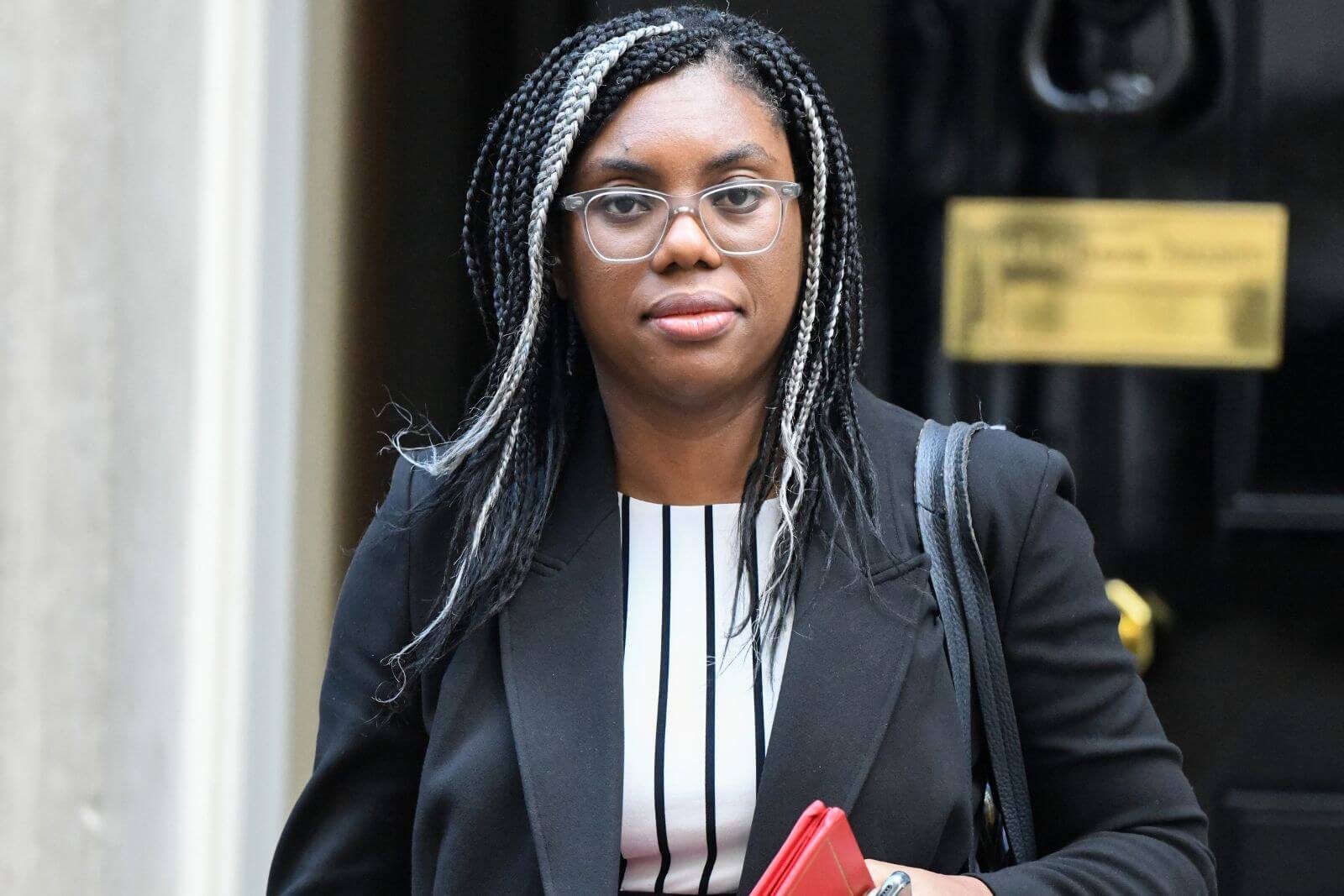
Kemi Badenoch, who has not yet announced her candidacy, is considered a frontrunner in the race for the Conservative leadership. Badenoch, who finished fourth in the September 2022 leadership election, has reportedly secured the necessary endorsements to get on the ballot, and her announcement is expected soon.
Party’s Significant Challenges

Since its devastating election defeat, the Conservative Party has faced significant challenges, with the public turning against it, donors deserting it, and the newly resurgent Reform UK, led by Nigel Farage, eating into its vote share.
Reconnect With Base

Patel has been vocal about the need for the party to reconnect with its base and regain public trust. At a speaking event recently, Patel stated, “It isn’t our heroic members who failed, but politicians’ distraction from public service. It is time to put unity before personal vendetta, country before party, and delivery before self-interest.”
Empowering Members
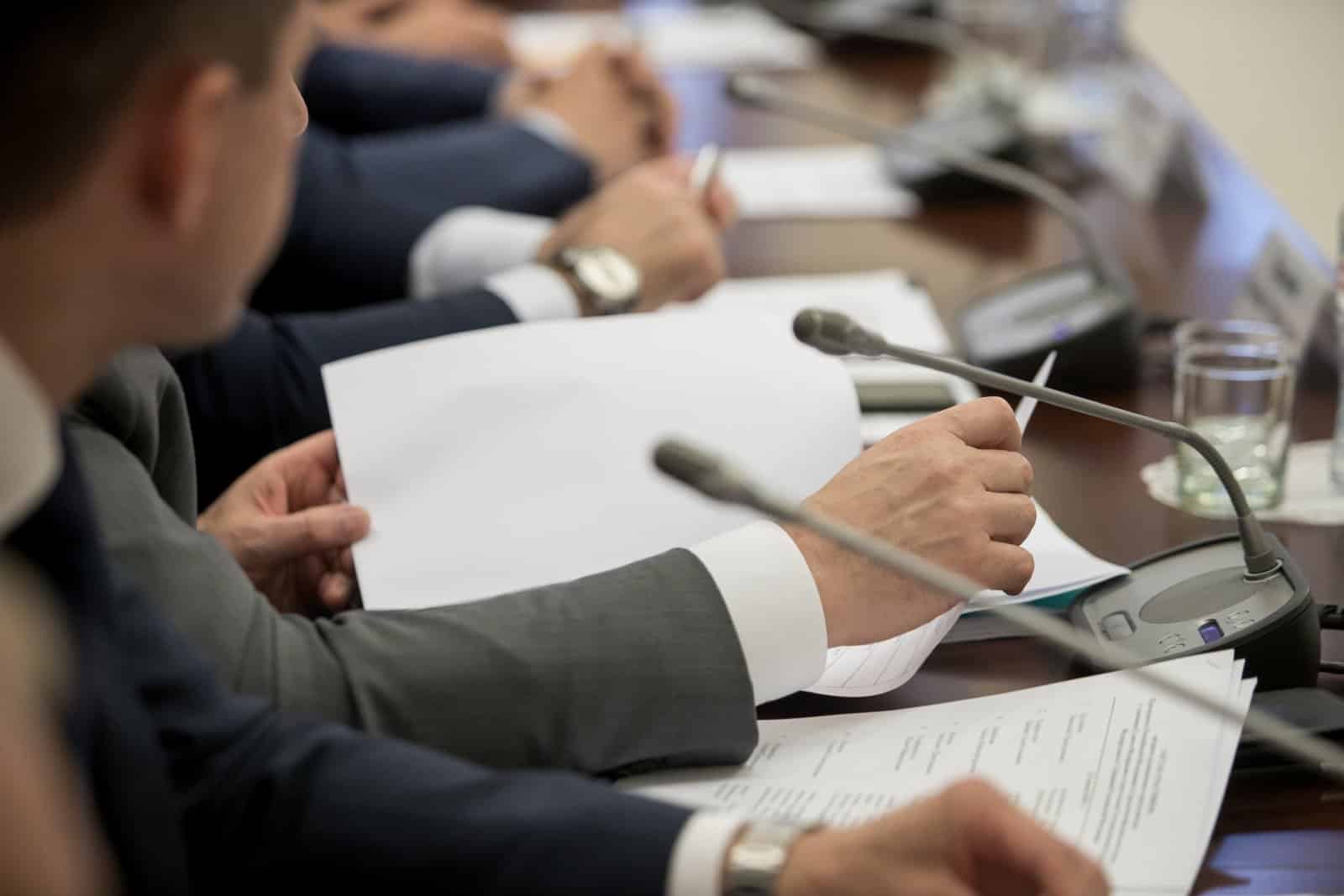
Patel’s strategy for taking the Conservative Party off life support involves empowering members and sticking to core Conservative principles. She has pledged to give members more of a voice in the party’s decision-making processes.
Least Favourable Polling

However, in a recent Savanta poll of Conservative leadership contender’s popularity with the public, Patel was the least favourable, with a dismal rating of -28 points.
Scrutinising Candidates

As the Conservative leadership race progresses, the party’s MPs and members will closely scrutinise each candidate’s vision and leadership capability. Patel’s experience and firm stance on critical issues will undoubtedly benefit her. However, her long history of controversy, penchant for backstabbing, and dire polling numbers may make it hard for Conservatives to see a future with her as leader.
Uncertain Future

With the Conservative leadership election scheduled for November, it remains to be seen which candidate will win the trust of not only their MPs but also their members and, ultimately, the public.
Featured Image Credit: Shutterstock / Lorna Roberts.

